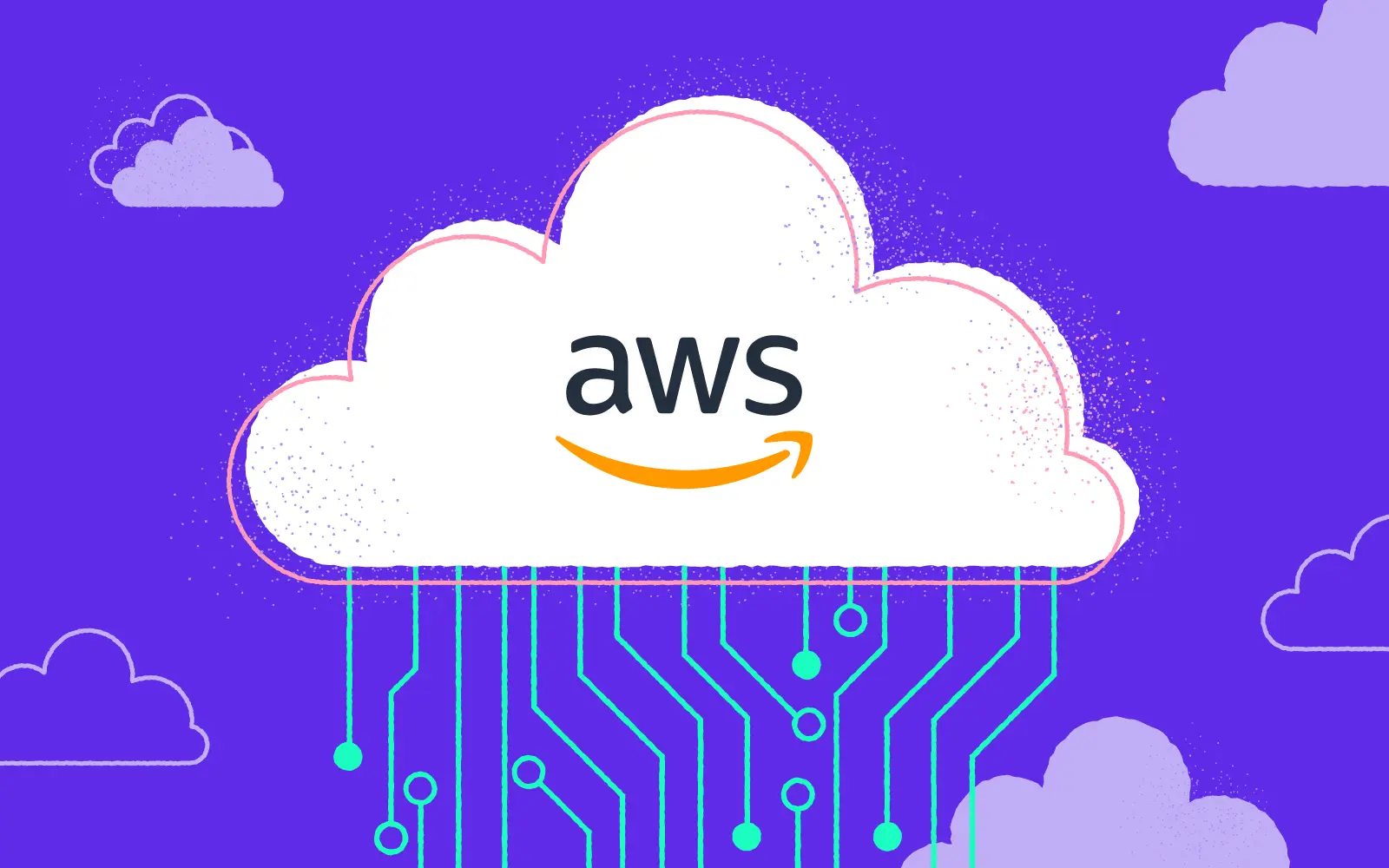
The market of cloud services has been dominated by two major players: Amazon Web Services and Azure by Microsoft. Both platforms have their advantages but one stands out. With a complete ecosystem and multiple services available just a click away, Amazon AWS seems like a natural choice for any web application and mobile application. Many software development companies and managed IT services firms use AWS as a base for their services. Is it really that good?
The dynamic of the cloud services market
The short answer – yes, it is. AWS is a cloud services market leader for a reason. Its platform is ready to handle not only traffic scaling but also cover multiple needs from both application owners and software engineers. That stands for something.
Especially now, when there’s an increased number of companies on a market that turn into technology companies. Tech is everywhere and that breeds some challenges:
- knowledge, experience, and skill gap
- not enough resources
- pricing challenges
With the right software vendor and AWS management company, you can fix all of these challenges. Develop a project with seasoned engineers, outsource the work when you don’t have enough people, and use the cloud to optimize costs for processing and storage. This is where tailored cloud services come in.
With so many companies turning into technology organizations, incremental spending on the cloud is a natural process. Cloud providers like Amazon, Microsoft, and others generate revenue from an increasing number of companies. Many of them are entering the area with the full knowledge of what AWS and cloud computing really are.
The market expectation is that AWS will take over the majority of this expanding market. Demand dynamics, coupled with Amazon’s experience and ecosystem seem to be one, tightly tied argument.
AWS can benefit from two workload types:
- on-premises cloud migration software-as-a-service (SaaS) companies with products built around cloud infrastructure
- enterprises building on top of the cloud, like Netflix (using AWS, by the way).

AWS vs Azure
To be fair, Azure is not a huge disadvantage here. According to Analytics Insight and multiple other studies out there, AWS is winning at 33% market share. Azure has 21%, and Google only 10%. There is a significant distance between these giants. It comes from different business models and the moment they joined the cloud race.
Many of Azure’s customers are using Microsoft’s cloud because they already utilize some of Microsoft’s products and services. With Windows being the world’s primary operating system, it’s not surprising that firms want to use the synergy effect. It works exactly the same for AWS and its cloud services. IT spending might be a little different but the logic stays the same.
Having said that – Microsoft’s cloud customers are similar to Apple’s clients. They live in closed systems, while firms that go with AWS usually continue to use open source and third-party services.
The strength of both ecosystems lies in different things. People choose Azure for convenience and Microsoft-wise ecosystem benefits. Amazon Web Services is preferred by software engineers and SaaS owners. They want over 200 different services that work together by being complementary to each other. Services like DynamoDB (multiregional database), Amazon Elastic Compute Cloud (EC2), Amazon Athena (interactive query service), or Amazon Simple Workflow Service (SWF) really make the difference.
Microsoft’s revenue grows from migration, but the migration workload will be shrinking in the upcoming years. Azur’s owners seem to understand that. That’s why they bought GitHub and want to attract developers to come to their turf. The problem with that approach is that developers care more about the proven value and the platform as a whole, rather than a solution that is still shaping, rather than strengthening its position.
AWS cloud services ecosystem has more features and more “loyal” software developers. Finally, it has more 3rd-party resources, available on the internet, just a click away. For software companies and their customers, that means one thing – a larger talent pool and more available expertise. Azure has to come up with a serious counterweight to match these benefits.
Another revenue source for AWS is tech companies, not only SaaS. Tech-first firms will compete with talents from software development vendors, which will only further drive the expansion of the market and cut revenue opportunities from rivals. This is another example of how AWS is winning. Another aspect of this war over talent is managed IT services companies that want to hire specialists for cloud maintenance.
Although these few paragraphs may seem like praise towards a vendor lock-in, the reality is that a customer still has a choice. It’s all about features and business value. It’s about comparison and consequences after the choice. With lock-in come many misunderstandings, which AWS itself is trying to iron out.
On top of that, AWS is based on Regions and Availability zones instead. It provides lower latency.
AWS advantages for cloud-based applications
AWS cloud services have many advantages over Azure and other market players.
AWS is cost-effective, because of its scalability that comes from the economics of scale. Since Amazon is a huge provider, the operational costs are smaller. That’s why small and medium companies can afford the services and build their applications through cloud computing. Big companies are also on the winning side.
This comes from a dedication to security. All organizations have to pay attention to compliance and taking care of data and assets, but the bigger the company, the bigger the scrutiny. With AWS’s end-to-end encryption, your cloud-based applications are taken care of. Operational and software safeguards are in place.
There are also IT managed services available. By automating processes, you can offload the work and free time of your most crucial staff.
Another great thing is a reduction of overall cloud expenditures. In AWS user pays only for the services they actually, currently use (if they are utilizing serverless services). So, if the processing power stays idle, you don’t pay for an uptime. Or for using a particular service in the previous week. You just don’t pay, and that’s fair. Plus, AWS offers multitenancy. This is an option for companies that have few applications and at least some of them share the same set of resources. AWS gives applications access on request and scales the traffic.
Another important argument is innovation. Amazon is constantly adding new services and technologies. Amazon’s specialists are working with partners to offer new functionalities and expand already existing ones.
Amazon is also working hard to build and grow the community. The company is building open source solutions, organizing AWS Meetups and AWS Summits, famous re:Invent in Las Vegas. Developers can also earn money through Marketplace, which hosts their own software solutions.
The last point - education initiatives. Through AWS Labs and AWS Workshops, AWS Solutions Library, and certification paths, developers constantly grow. This translated directly into solutions for clients.
All of these put AWS’s cloud computing services ahead of the competition.

Cloud nine it is!
That’s why we have decided on building digital products on AWS. On one hand, you get scalability, and flexibility from the most experienced cloud vendor out there. On the other – more than a decade of experience comes from 10Clouds’ software engineers. This combination proves effective, since we already have a lot of completed projects for our clients.
Nature and the market don’t know the term “a perfect solution”. Every single one of them has challenges. But if you’re looking for a proven cloud provider, then consider Amazon Web Services. If you want your product built and designed according to functional requirements, consider 10Clouds. If you want to consult, build and design under one roof… go with 10Clouds. We like to prove that you really can be on cloud nine.



